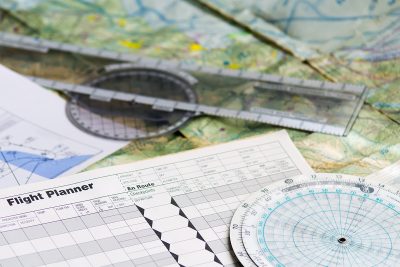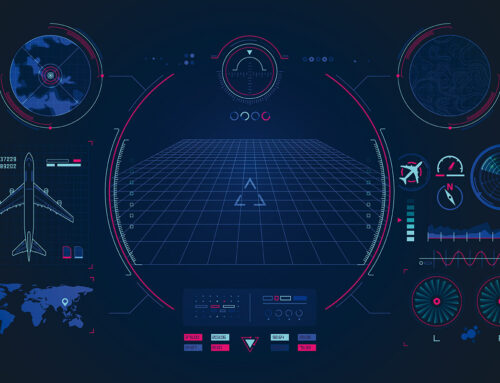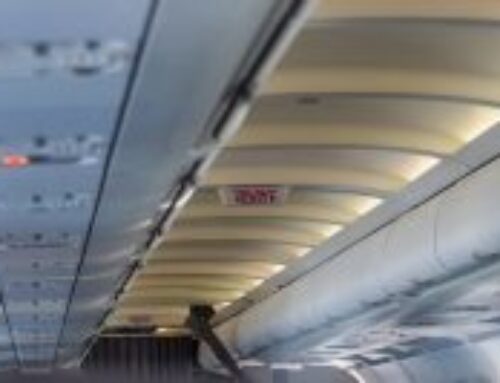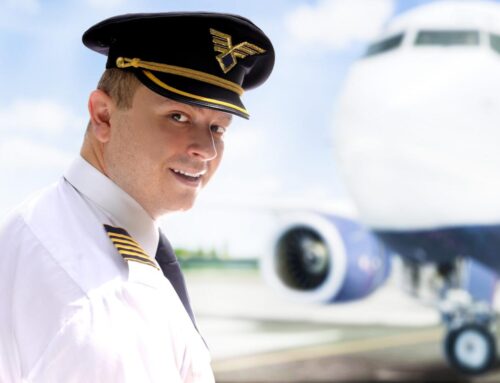Key factors in making instrument flight safer

One of the fundamental qualifications for training and for the qualification to fly is that relating to the rules of instrument flight or Instrument Flight Rules, generally abbreviated as IFR: these are the regulations and procedures designed to allow the flight of aircraft even in conditions of low visibility, when, therefore, the distance from obstacles, the ground or other aircraft in flight can no longer rely on the pilot’s sight alone.
During training, the future pilot learns that every single choice is important in order not to run into problems and accidents: the pilot must constantly ask himself what needs to be done and what action will follow the next during all the phases of the flight. In this path there are key factors that the pilot must take into consideration and that will allow him/her to fly safely: let’s see in detail what we are talking about.
Plan the flight
Planning is essential when it comes to instrument flight: errors or inaccuracies in planning a route are more dangerous when there is no visibility of the obstacles.
It is essential to avoid surprises and improvisations when flying and even more so if the weather conditions are not optimal.
Take your time to study the arrivals, departures and the approach procedures required at the airports where you will operate.
The weather is the most critical variant: evaluate the possible dangerous phenomena in relation to the obstacles you may encounter in flight and to the capabilities and equipment of your aircraft.
Get familiar with the aircraft
The training received and the planning should already partially translate into a good level of confidence in one’s ability to manage the situation.
However, you cannot take off if you are not sure that you can do it in the best possible way: this is why a thorough preliminary check is essential before departure. Make the correct checks on the state of the aircraft and do not give in to any external pressures that ask you to quickly make your checks: take your time and, if there is something wrong, do not hesitate to evaluate if the airplane is still “safe to fly”; if it is, evaluate the possible additional risks and if it is necessary to mitigate them.
Manage the first minutes of flight
Do you know that the first minutes of an instrument flight record a proportionately higher number of accidents?
This is why it can be useful to practice instrument flight right from take-off: if a parameter is not in the correct “range”, if the engine behaves differently than usual, or if you simply feel that something is not convincing you, stop the take-off.
Many pilots engage autopilot immediately after take-off. You can do it, but keep in mind that an autopilot, which is incorrectly set, can create a lot of distractions during flight. If the aircraft does something you do not expect, once the autopilot is engaged, do not waste time understanding what is happening but disengage the autopilot and regain control of the aircraft.
Mastering the technology of the aircraft
Given the complexity of instrument flight, it is important to master the technology and to reach a level of proficiency in avionics and in cockpit layout so that your hands move on their own and the control inputs become instinctive.
Knowing the cockpit controls and instrument panel well can literally save your day. So study hard and take advantage of the simulator.
Finally, remember that the post-flight phase is equally important: make an honest assessment of the flight and take note of the mistakes you made. No pilot can claim to have made a perfect flight and it is important to grasp what were the imperfections made, even the most insignificant, in order to have room for improvement. The ability of a pilot to do a self de-briefing at the end of each flight is a feature of great professionalism. Each flight can teach you a lot and make you more proficient in flight management.
All categories
Popular Posts
Recent Posts






